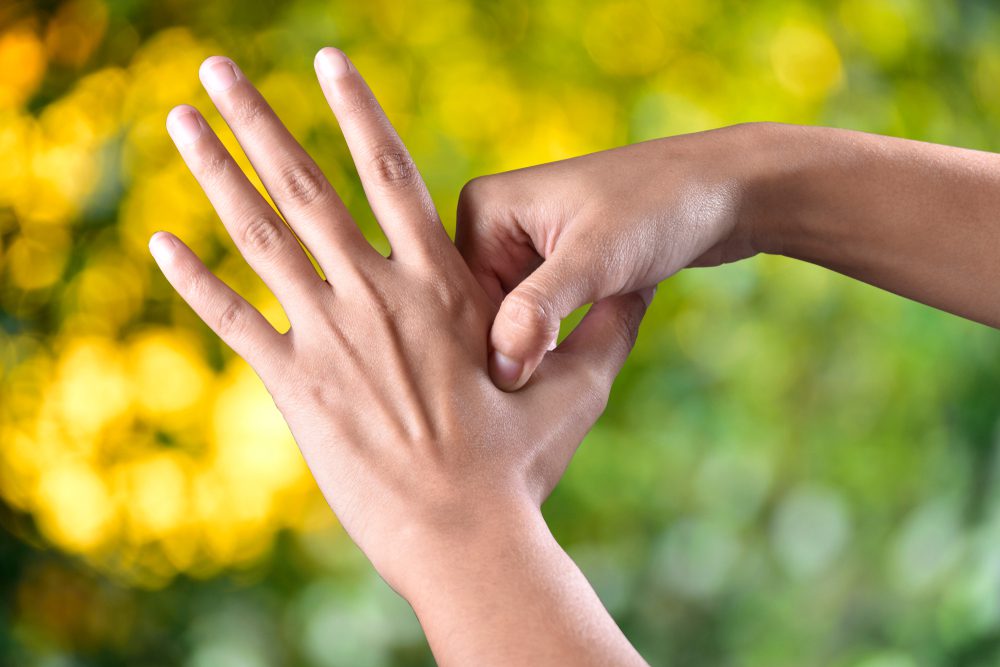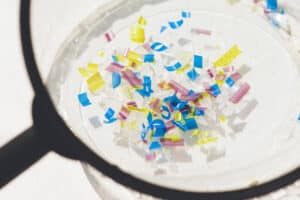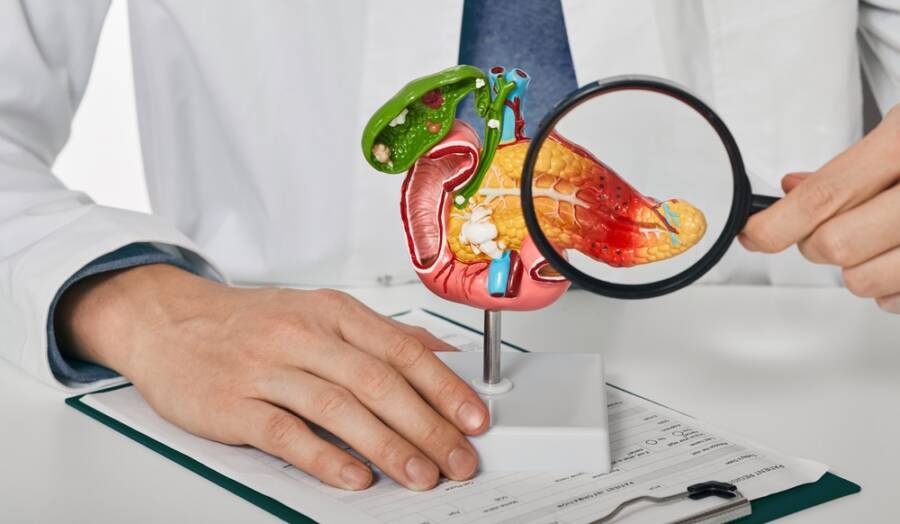Adult teeth are meant to last a lifetime; however, many of today’s foods combined with unhealthy life habits can have a huge negative impact on your oral health.
When a toothache strikes, the wisest thing you can do is to make an appointment and see your dentist. If the pain gets unbearable until then, though, there has to be something you can do to ease the pain at home, right?
I know toothaches are one of the worst pains one can possibly experience especially if there’s a severe cause such as a tooth infection. That’s why I compiled 10 of the most effective remedies for toothaches you can try right in the comfort of your home. Try out these tips and you might get rid of your toothache in no time!

Clove
Cloves have long been used as a natural remedy for numbing nerves, which eases pain temporarily in different areas of the body. This valuable effect is caused by eugenol, a natural anesthetic found in the spice.
However, make sure that you use the spice carefully to avoid a negative impact. Here’s how to do it correctly:
Pour two drops of clove oil on a cotton ball. Place the ball against the tooth itself until you start feeling the pain receding.
Alternatively, you can also use a pinch of powdered clove and apply it directly on the tooth. If whole cleaves are all you’ve got, you can simply place one directly on the tooth. Chew the whole clove just a little to help it release its oil and keep it on the affected area for up to half an hour or until you feel the pain subsiding.
ATTENTION! Never pour clove oil directly on the aching area because it can worsen the pain tremendously if the surrounding gum tissue is also affected.
Ginger-cayenne paste
Create a paste by mixing equal parts of ginger and cayenne with some water. Roll a small ball of cotton, soak it into the paste just enough to saturate it, and place it directly on the affected tooth. Make sure to avoid your tongue and gums to prevent additional pain if this tissue is also affected.
Leave the cotton ball on the tooth until the pain starts fading. Depending on the cause of your toothache, you may also experience a burning sensation in the affected area, at which point you can remove the cotton ball.
Both of these spices are very effective natural painkillers and you can also try to use them separately, although you may not achieve similar positive results. Cayenne also poses an interesting property of blocking pain messages from reaching your brain.
Saltwater
This is perhaps the most affordable and handy natural remedy on our list. Dissolve one teaspoon of salt into a cup of boiling water and use the mix as a regular mouthwash. Swish around for 30 seconds and spit it out.
Saltwater has been found to cleanse the area around the effective tooth, which could possibly reduce swelling and remove any irritating debris. You can repeat this process as many times as needed throughout the day as long as you make sure that you don’t swallow the water (which could increase your sodium intake).
If you’re looking for salt that is going to help you relieve your toothache, try this one out!

Tea
Luckily, tea isn’t only extremely beneficial to treat common colds and easing congestion. The astringent tannins found in black tea can reduce swelling in the affected area and may even numb pain temporarily. For this treatment, simply place a warm, wet tea bag against the affected tooth.
Peppermint may have a similar beneficial effect. Put one teaspoon of dried peppermint leaves in one cup of boiling water and steep for 20 minutes. Once the tea cools, swish it around in your mouth then spit or swallow (if you like the flavor).
Hydrogen peroxide
A 3% hydrogen peroxide solution may help to kill harmful bacteria in your mouth that can worsen your toothache. The method is particularly beneficial if you’re also experiencing fever or a foul taste in the mouth; the worst news about these symptoms is that they usually signal an infection.
Until you get to your dentist, though, you can use a mouthful of 3% hydrogen peroxide solution for rinsing. After you spit the solution out, rinse it multiple times with plain water.
Ice
Ice is perhaps one of the first remedies we think about if we suffer an injury. Luckily, it can also work equally great by numbing the affected area in your mouth.
Here’s how you do it:
- Place a small ice cube in a plastic bag;
- Wrap a thin cloth around the bag;
- Apply it directly to the affected tooth for 15 minutes (that’s how long it usually takes to numb the nerves)
If you can’t stand the coldness directly on your tooth, you can also apply the same pack on your cheek in the area where you feel the toothache.
Here’s an old folktale that’s worth a try too: if you massage your hand with an ice cube, you may help to relieve a toothache. When the nerves in your fingers send ‘very cold’ signals to your brain, they might override the pain signals sent from your tooth. All it takes is to massage an ice cube wrapped in a thin cloth in the area between your thumb and forefinger.
Myrrh
Okay, I’ll admit that myrrh is probably not on everybody’s list of home ingredients. However, myrrh has been used since Ancient Egypt for its important property of killing bacteria and microbes.
In fact, a study on people diagnosed with Behcet’s disease (an inflammatory disorder that causes oral pain) found that 50% of the participants reduced their pain completely while 19% even had their mouth sores healed.
Simmer one teaspoon of powdered myrrh in two cups of water for 30 minutes. Once it is cooled, rinse with one teaspoon of the tincture in half-cup water up to six times a day.

Acupressure
Acupressure is a technique that gained plenty of popularity over the past few years. The best part? You can perform it yourself right at home!
With one of your thumbs, press the point on the back of your other hand in the spot where the base of your thumb and your index finger meet. Apply as much pressure as you can bear for two minutes.
Science shows that this practice can help your body to release endorphins, also known as the feel-good hormones which may soothe pain in affected areas.
Brushing correctly
If you feel that you’re suffering from any possible tooth problem, it’s best to start using toothpaste designed for sensitive teeth. Aside from being a healthier option, this might even ease some of your pain!
For example, if you’re having a problem with shrinking gums, using a sensitive paste every time you brush your teeth can help to ease most of the pain you get from hot or cold foods. That’s because when your gums are shrinking, the enamel surface of your teeth is left exposed. This enamel is much more sensitive than the rest of your tooth, hence the temperature sensitivity.
It’s also equally important to use the softest-bristled brush you may find on the market in order to keep gum tissue and prevent bruises.
The big ‘no-no:’ Goldenseal
The extraction of goldenseal root has long been used due to its anti-inflammatory properties. Although this plant can provide some health benefits, the Cleveland Clinic warns people that goldenseal could affect blood pressure and even increase the risk of bleeding in combination with blood-thinning drugs such as warfarin.
Of course, it’s not to say that the substance is dangerous or life-threatening. However, it’s best to talk to your doctor if you’re going to use goldenseal extracts in any way.
What are you doing to ease your toothache at home? Share your answers in the comment section and we’ll drop another piece of advice to stay healthy in return!
If you’re looking for another fantastic article to read, check this one out: 10 “Delicious” Leftovers You Shouldn’t Eat Even If They Are Amazing!













